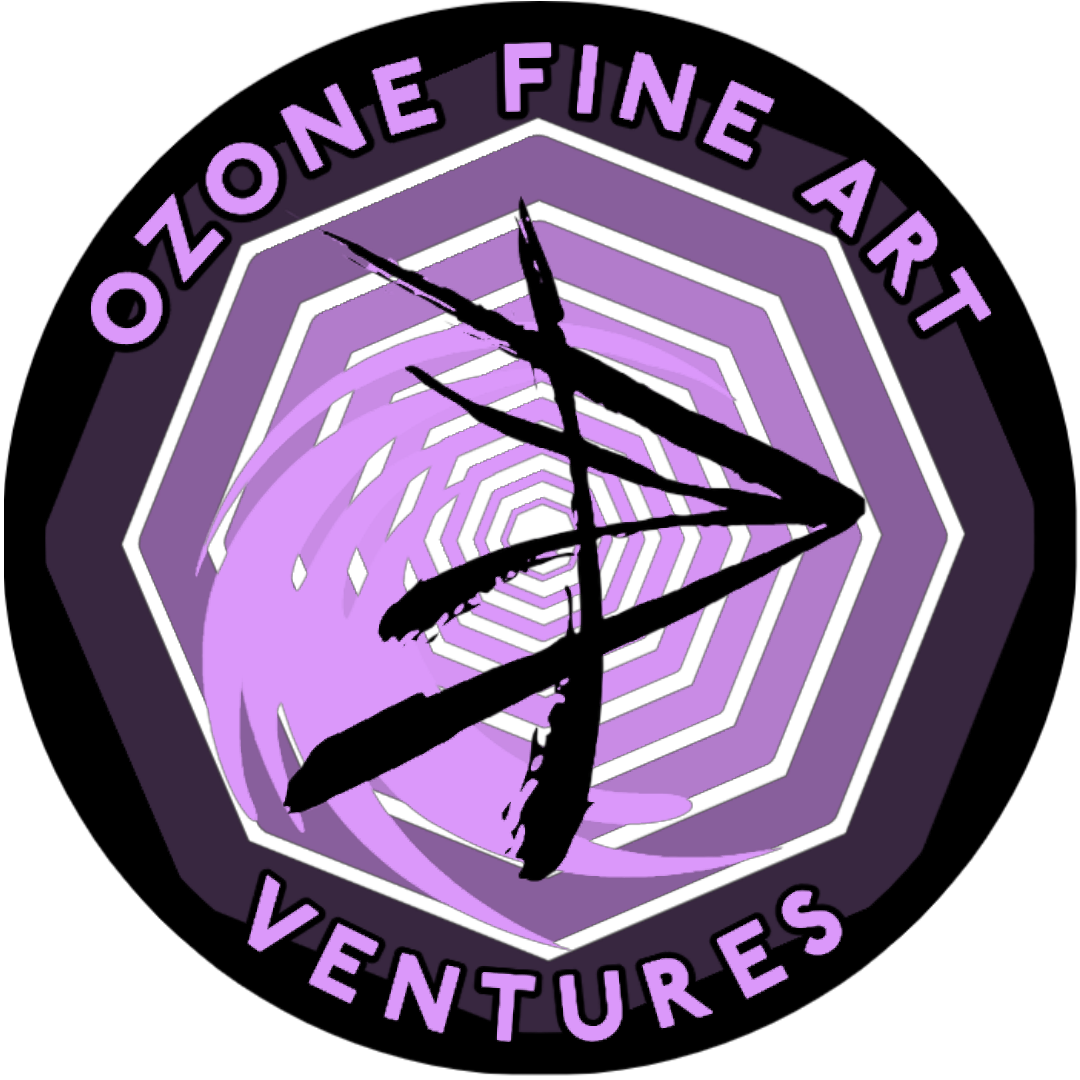To Clean or Not Too Clean???
Recently, I received a call about how to care for one of the jewelry pieces purchased. How wonderful that the art enthusiast was concerned over how to pamper the one-of-a-kind item they'd collected. I realized that I am remiss to have not included care instructions for the different techniques applied and gemstones included with the pieces.
Above are some of the 'simple' designs; One metal, one stone. Actually, that's Fine Silver and Sterling Silver but the care would be the same. From the simple to complex mixed metal pieces: Every piece of my work goes through a buff-polishing with Simichrome or Flitz polishing compounds. After that somewhat abrasive process, the piece is washed with a toothbrush and soap. The finishing is exacted with a jewelry polishing cloth.
Black Patina?
If your piece has this velvety finish, you will want to steer clear of directly applying any abrasion to the finish. You don’t want to scuff off the patina even though it’s deep enough through the metal to hold. Continued abrasion will eventually wear through it or even just one application of a chemical polish.
To begin the cleaning process, it makes sense to wash your piece off with gentle soap. A polishing cloth or polish on a cloth is the next step. If you've got a pearl or any other porous stone in your piece, avoid any contact with the stone. If you have a piece with 'patina' (such as darkness caused by potassium sulfate on the silver, copper, or Keum Boo, or colors on your copper you like) do not use polish or abrasive on that area.
Careful With That Stone!
There are stones I love to work with that are definitely difficult to polish in the Lapidary stage and should be handled with care. Petrified wood is porous and typically made of materials with several different levels of hardness. The Green Petrified Wood in this piece has Common Opal amid Quartz and Agate permineralization so a vibratory polisher would be risky. Applying polish with a cloth (like Flitz) or using a polishing cloth should be sufficient.
If a high polish is what you loved about the piece when you got it (I love polishing to the point of a piece looking like it's wet or liquid), applying a polishing compound on a rag or buffing wheel at low speed will bring that back. Keep in mind, if you have a scratch-able stone like opal or pearl, be careful with an abrasive polisher. I DO NOT use any kind of vibratory or immersible/chemical polishing method. The reason for this is the fact that there are so many different ratings of hardness and porousness through the body of stone and jewelry work on each individual piece that it becomes a gamble.
The Happy Hardness of Agate
If your piece has Agate, most of the work I’m doing presently does, you have a very tenacious stone. A buffing wheel, low speed (to keep the heat down) and polish (like Flitz or Simichrome) can be applied to the entire piece without worrying too much about the stone. Of course a polishing cloth could be enough as well. If you have a ‘Druzy Cave’ or transition to Rhyolite or another mineral, you might want to check with me about polishing with polish. I can’t tell you how hard it is to remove dirty polish compound from a white druzy cave.
Stay tuned, this article will be continued with more information about polishing, use, and storage of the jewelry art! Contact Me if you have questions you’d like addressed.








